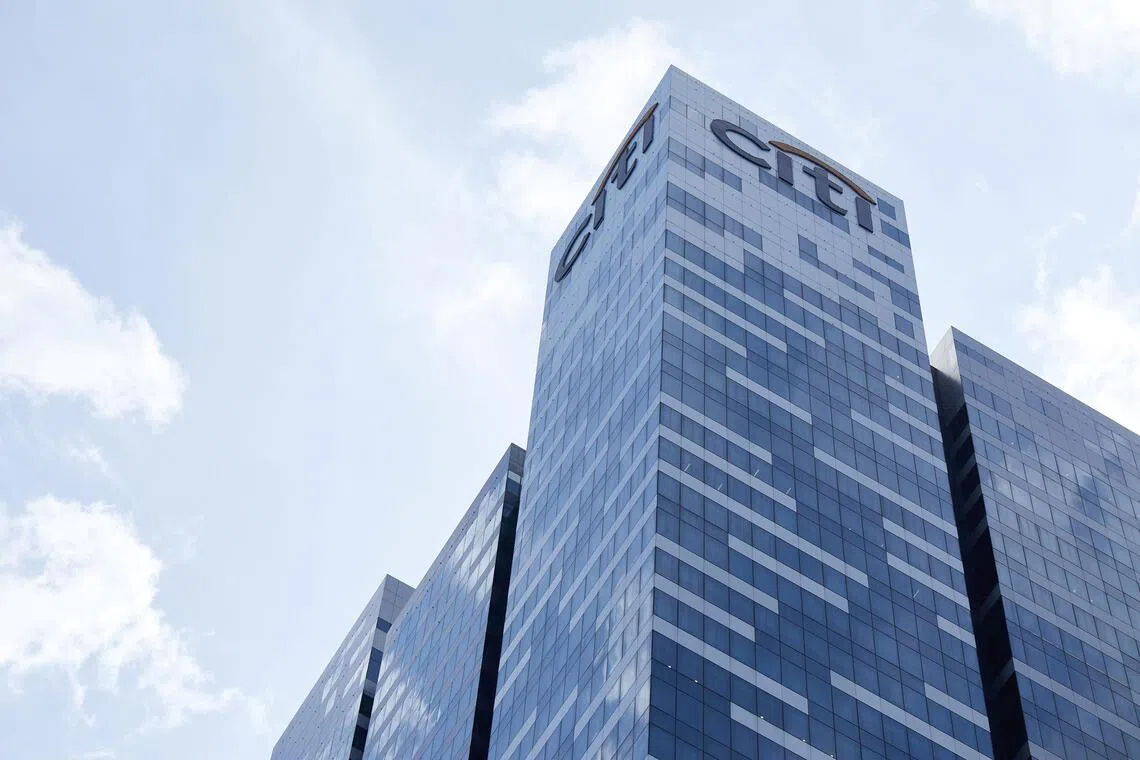Asia’s family offices see returns of over 5% in 2025 amid optimism despite market volatility
Sign up now: Get ST's newsletters delivered to your inbox

Possible drivers of the positive sentiment include potential US deregulation and interest rate cuts as well as advancements in artificial intelligence.
PHOTO: CITI
Follow topic:
SINGAPORE – Family offices in the Asia-Pacific hold an optimistic outlook in 2025, with 83 per cent of them expecting returns exceeding 5 per cent despite market volatility, said a report released on Sept 16.
Possible drivers of this positive sentiment include potential US deregulation and interest rate cuts, as well as advancements in artificial intelligence.
This comes as 61 per cent of the family offices in the region highlighted trade disputes and 53 per cent indicated US-China relations as their primary concerns related to investment strategies.
A family office is a private company that manages wealth and investments for a family or group of families.
The findings are from a global survey conducted by Citi Wealth from June to July, which polled 346 family offices in 45 countries. About 30 per cent surveyed were based in the Asia-Pacific.
The number of single-family offices in Singapore grew from about 400 in 2020 to more than 2,000 by end-2024. Nine per cent of the world’s family offices are located in Asia, according to a 2023 report.
The Asia-Pacific head of Citi Wealth’s global family office group, Mr Bernard Wai, said: “We are seeing a proactive and highly confident approach to investment, particularly in public equities, coupled with a commendable dedication to nurturing the next generation of wealth stewards and embracing a global outlook.”
Enthusiasm for public equities was greater in the Asia-Pacific compared with other regions, with 40 per cent of family offices in the region indicating that they have increased their holdings.
Public equities remain the largest individual asset class within allocations worldwide. Family offices in the Asia-Pacific have noticeably larger holdings, at 32 per cent, than those in other regions.
The Asia-Pacific entities also prioritised liquidity, with an average of 18 per cent of their portfolios in cash – the highest level among the regions.
“After Covid, the overall risk-taking is lower. But the real concern is actually from US tariffs. So the cash level was raised earlier this year... to ensure that there’s buffer for the portfolio,” Mr Wai noted. “Because the cash level was quite high, the natural, next step to use that cash would be into public equities.”
In response to tariff turmoil, many family offices responded with active management, including shifts to more defensive asset classes and geographies.
The region’s family offices reacted more proactively than their global counterparts, with 39 per cent allocating to defensive asset classes, 22 per cent to defensive geographies and 17 per cent to defensive sectors, said Citi Wealth.
Preparing the next generation remained a key concern of wealthy families everywhere, but it is more apparent in the region.
More than 70 per cent – the highest among the regions – of Asia-Pacific family offices indicated that education about family wealth is offered for next-generation family members.
This could relate to the upcoming wave of wealth transfers between first and second generations, Citi Wealth noted in the report.
The Asia-Pacific led the way with second-generation control, with 43 per cent of family offices in the region indicating so.
“The second generation has really stepped up to take control of their family offices, to institutionalise the family office and to potentially put more resources to attract talent who are non-family members. The family office is no longer just run by one or two family members,” said Mr Wai. “Significant generational wealth transfer will be happening in the next 10 to 20 years.”

